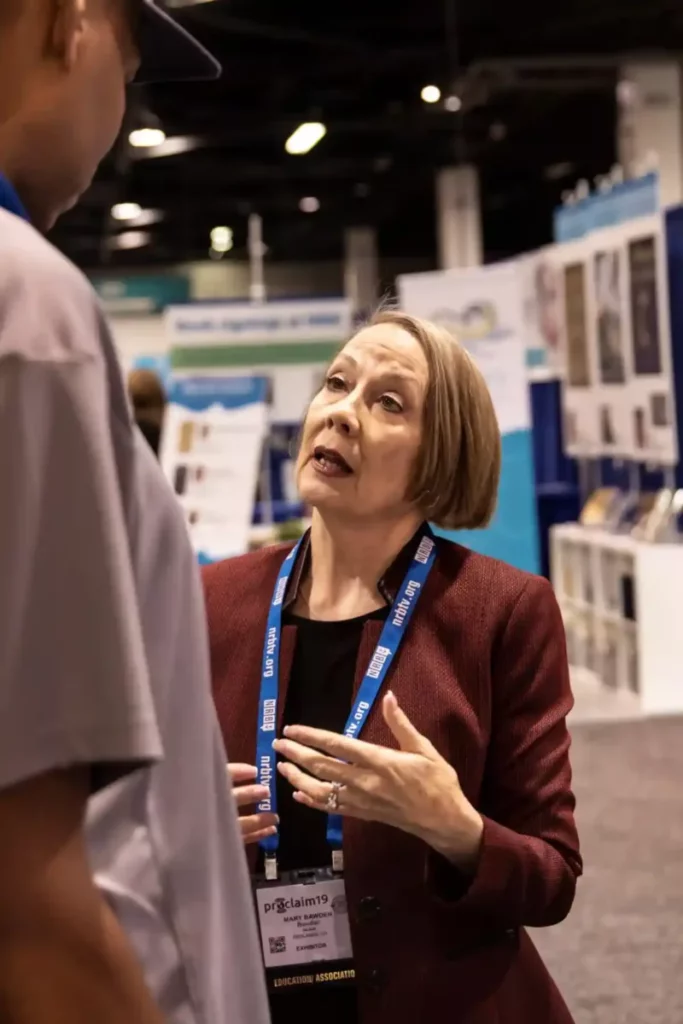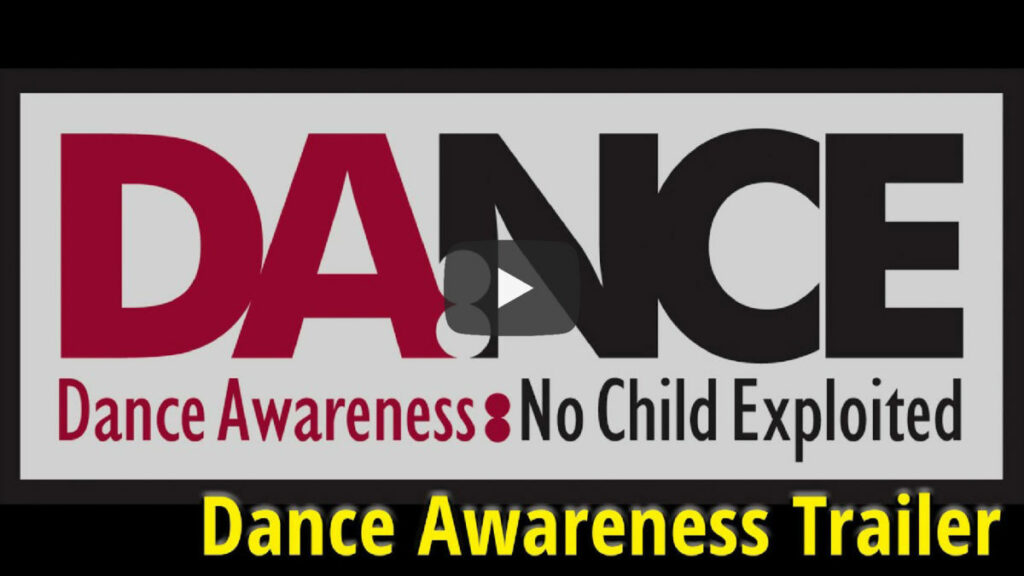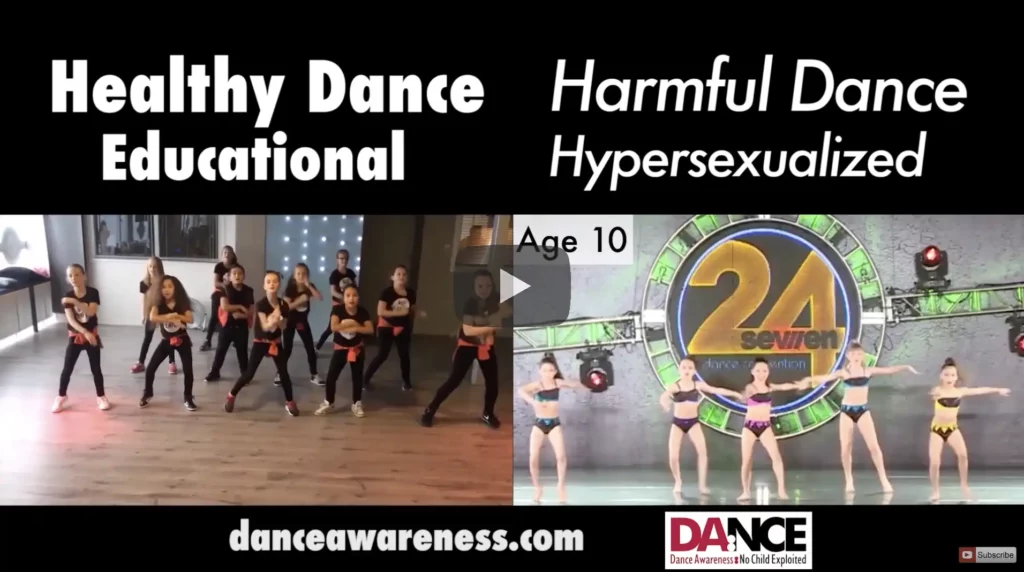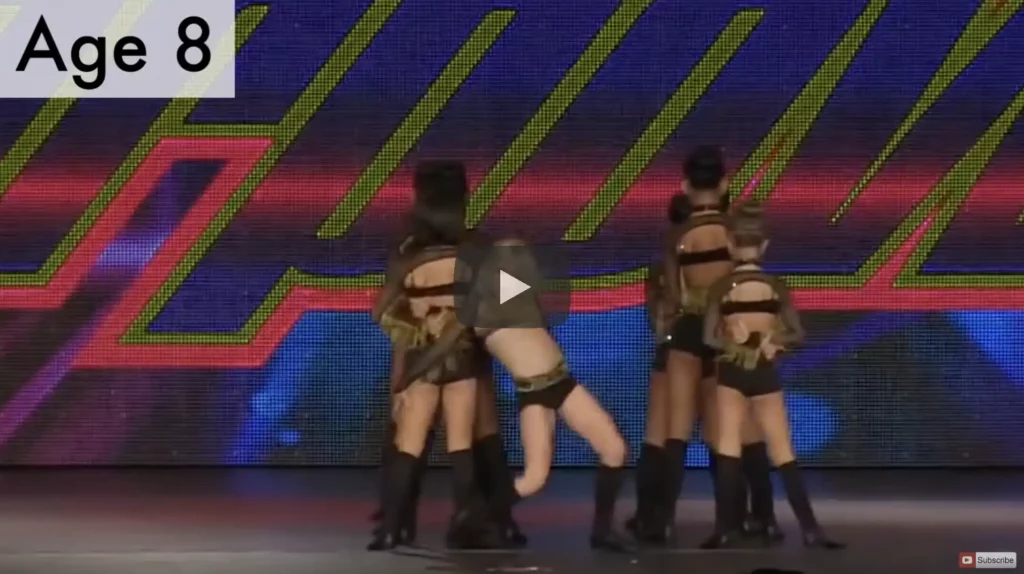Dance Community
Protect Children in Dance
Dance studio owners and staff are concerned about the media onslaught from dance hypersexualization. In years past, dance studios lacked adequate tools to address the challenges presented by the over-sexualization of children in dance training and performance. But not now. DA:NCE gives teachers practical advice on how to begin a dialogue in their school, studio, or community setting around age-appropriate dance experiences for children. Our materials demonstrate how evidence-based research can be shared with colleagues, parents and adults within the dance industry. As a result, community and colleague collaboration, educator knowledge, and informed studio leadership become the keys to educating the public about this trend as dance studios usher in healthy movement choices for a culture that needs guidance and our protection from exploitation.
Whether you are committed to teaching age-appropriate dance, or you need evidence-based resources, DA:NCE will support the choreographers and teachers in your studio to articulate the importance of age appropriate dance. Our free resources can help you get your message across.
Next steps
What else can you do?
Connect with our Executive Director and Founder –
Mary Bawden
She founded DA:NCE (Dance Awareness: No Child Exploited) to create awareness through the collaboration of credible experts with excellent research to provide free evidence-based educational materials for dance educators, parents, and concerned adults.
Talk to her directly:







